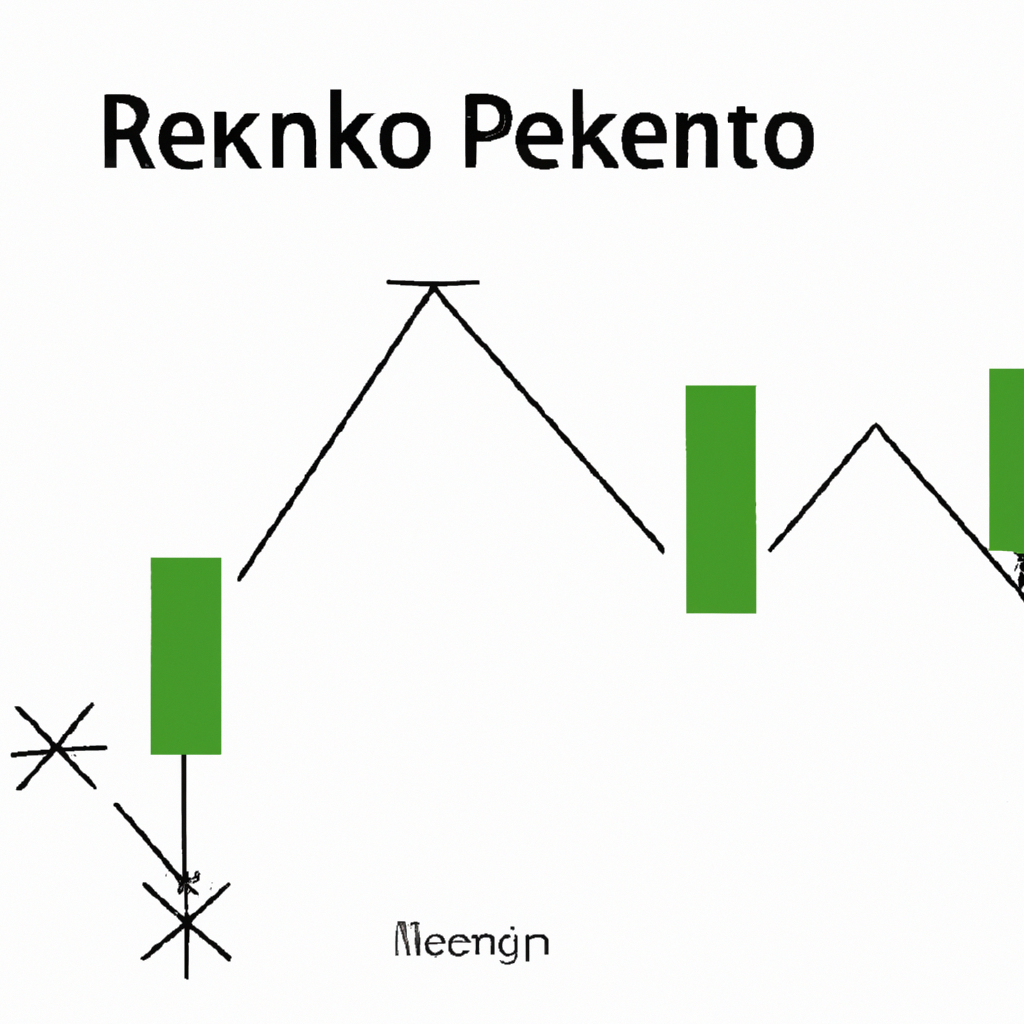Renko Chart Trading Methods: A Comprehensive Guide
Introduction
Renko chart trading is a popular method among technical traders who seek to eliminate market noise and focus on price trends. Renko charts, named after the Japanese word for “brick,” present price action in a unique way that can provide valuable insights for trading decisions. In this article, we will explore the different trading methods associated with Renko charts and how they can be effectively utilized.
Understanding Renko Charts
Renko charts are constructed by using fixed price movements instead of fixed time intervals. Each brick on a Renko chart represents a specific price movement, and new bricks are only formed when the price surpasses the predefined threshold. Unlike traditional candlestick or bar charts, Renko charts do not consider time, making them ideal for capturing trends and filtering out market noise.
Renko Chart Trading Methods
1. Renko Trend Trading
Renko trend trading is a straightforward method that focuses on identifying and following price trends. Traders using this approach aim to enter trades in the direction of the prevailing trend and exit when the trend shows signs of reversal. To implement this strategy, follow these steps:
1. Identify the primary trend: Analyze the Renko chart to determine the overall trend direction. Look for a series of bricks consistently forming in an upward or downward direction.
2. Wait for a pullback: Once the primary trend is established, wait for a temporary reversal or pullback against the trend. These pullbacks often provide favorable entry points.
3. Enter the trade: When the pullback ends, and the trend resumes, enter a trade in the direction of the primary trend. Consider using additional technical indicators or price patterns for confirmation.
4. Set stop-loss and take-profit levels: Place a stop-loss order below the recent swing low (in an uptrend) or above the swing high (in a downtrend). Determine a suitable take-profit level based on your risk-reward ratio.
2. Renko Breakout Trading
Renko breakout trading aims to capitalize on significant price movements that occur after a period of consolidation. Breakouts often indicate the start of a new trend or an acceleration in the existing one. Follow these steps to implement this strategy:
1. Identify consolidation: Look for a period on the Renko chart where the bricks are forming within a narrow range, indicating a lack of significant price movement. This consolidation phase should have a clear upper and lower boundary.
2. Wait for a breakout: Monitor the chart for a breakout above the upper boundary (in an uptrend) or below the lower boundary (in a downtrend). This breakout should be accompanied by increased volume or other confirming indicators.
3. Enter the trade: Once the breakout occurs, enter a trade in the direction of the breakout. Consider placing a stop order slightly above the breakout level to ensure confirmation.
4. Set stop-loss and take-profit levels: Place a stop-loss order below the breakout level (in an uptrend) or above the breakout level (in a downtrend). Determine a suitable take-profit level based on your risk-reward ratio.
3. Renko Reversal Trading
Renko reversal trading involves identifying potential trend reversals and profiting from price movements that go against the prevailing trend. This method aims to capture short-term countertrend opportunities. Follow these steps to implement this strategy:
1. Identify the primary trend: Analyze the Renko chart to determine the overall trend direction. Look for a series of bricks consistently forming in an upward or downward direction.
2. Spot reversal signals: Look for reversal patterns or technical indicators that suggest a potential trend reversal. These may include double tops/bottoms, divergence, or overbought/oversold conditions.
3. Confirm the reversal: Wait for additional confirmation before entering a trade. This can be done by observing price action, using oscillators, or waiting for a breakout of a trendline.
4. Enter the trade: Once the reversal is confirmed, enter a trade in the opposite direction of the primary trend. Consider placing a stop order slightly above/below the reversal point to ensure confirmation.
5. Set stop-loss and take-profit levels: Place a stop-loss order above the recent swing high (in a downtrend) or below the swing low (in an uptrend). Determine a suitable take-profit level based on your risk-reward ratio.
Conclusion
Renko charts offer traders a unique perspective on price action, allowing them to filter out market noise and focus on significant trends. By employing various Renko chart trading methods, such as trend trading, breakout trading, and reversal trading, traders can enhance their decision-making process and potentially improve their trading results. Remember to practice these methods on a demo account before implementing them with real capital, and always employ proper risk management techniques.
